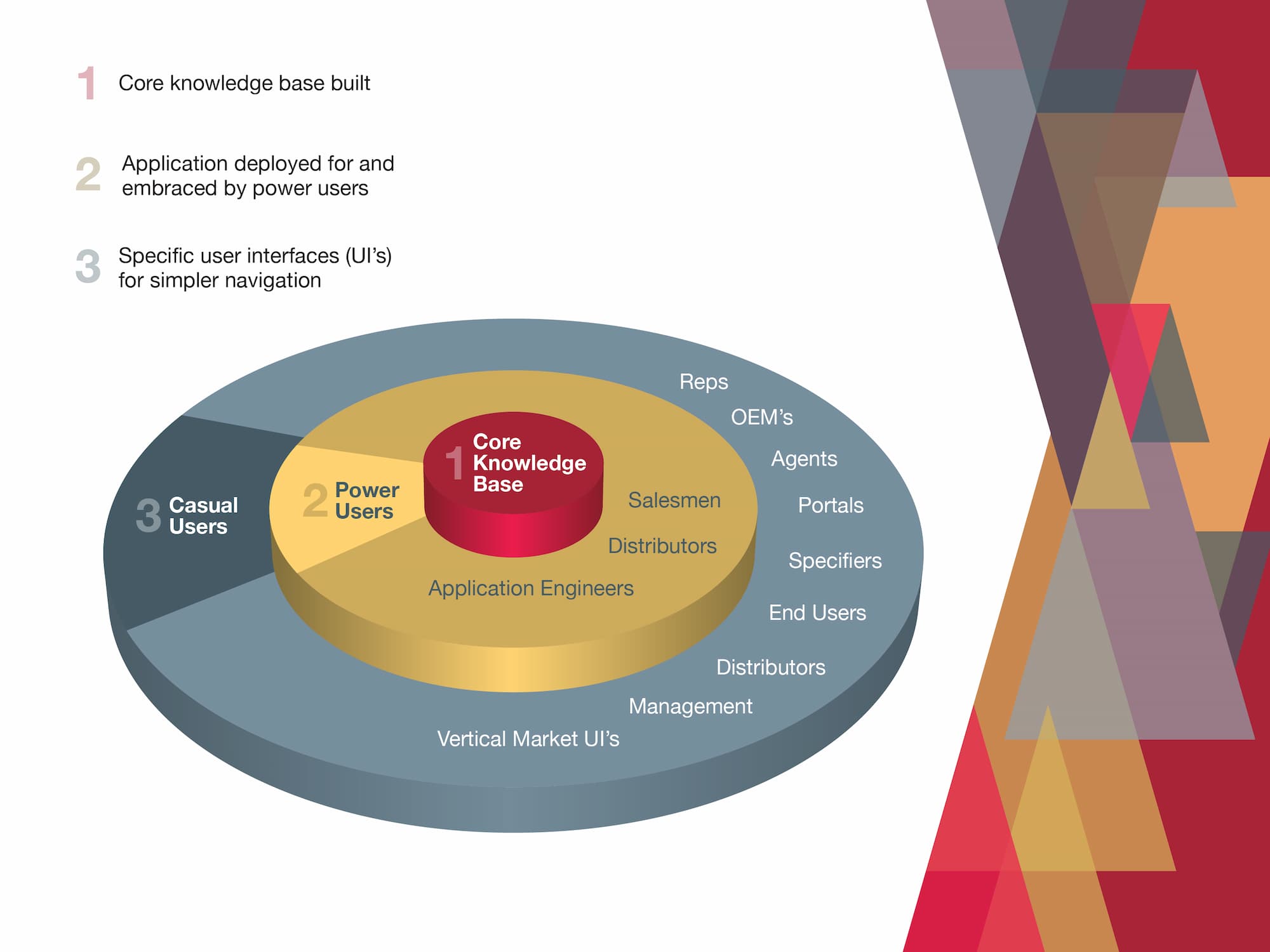In a world where online shopping reigns and cyber sales days have eclipsed Black Friday, retailers are scrutinizing page views and other Google Analytics as carefully as gross receipts and shelf positioning. The business-to-business market, or B2B, also has embraced the virtual bazaar. Frost & Sullivan estimates that B2B e-commerce will reach $12 trillion in worldwide sales by 2020, up from $5.5 trillion in 2012. Two recent surveys concluded that virtual business buyers set the same high standards for commercial transactions as they expect from consumer goods. They insist on a convenient and transparent shopping experience. These demands may be relatively straightforward and even easy to satisfy for some companies such as office product suppliers or standardized equipment vendors like computer outlets. However, that is not always the case for those selling pumps and complex pumping systems. These manufacturers often find virtual purchasing much more challenging than simply coding a website and setting up a payment engine.
 This “sphere of deployment” explains how front-end sales automation solutions are successfully implemented from the inside out. (Graphics courtesy of Intelliquip)
This “sphere of deployment” explains how front-end sales automation solutions are successfully implemented from the inside out. (Graphics courtesy of Intelliquip) 
